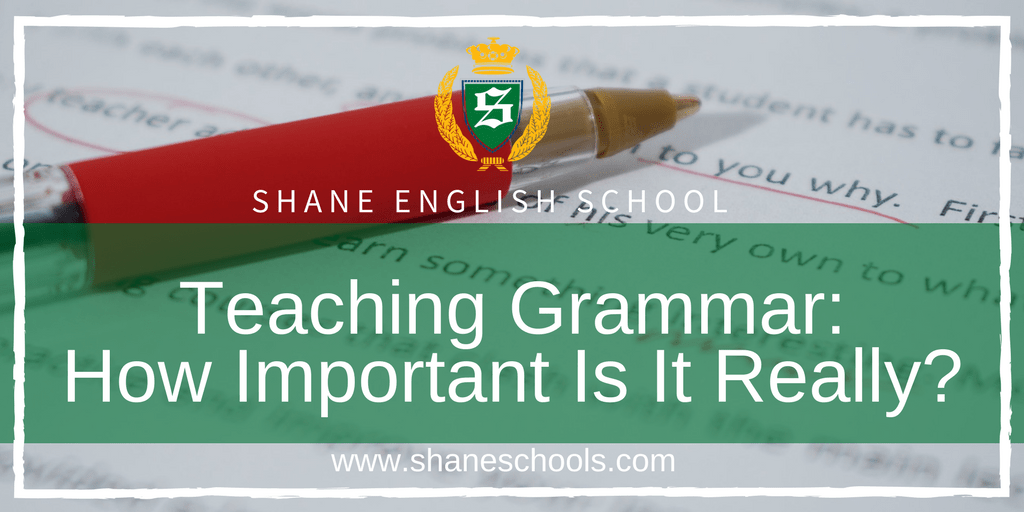Teaching grammar is challenging for teachers just as learning grammar is challenging for students. Though grammar may sometimes feel like a chore, it’s an important part of language learning, so it’s best to make it as fun and engaging as possible.
There’s a lot of emphasis out there on games and fun in the classroom. How does grammar fit in? It often doesn’t. Grammar is boring. It doesn’t always have to be, but in general it can be rather dry. Because of this many teachers and students tend to avoid and resent grammar lessons.
The biggest thing students ask for and are looking to improve when taking classes is speaking, or just communication in general. This, while being completely understandable, is not exactly plausible.
Maybe these will also help students build fluency: Language Learning Tips
Grammatical structures provide the basis for speech.
Simply put, we need grammar to be able to speak! It’s true that you can get by with a lack of grammar up to a certain point and be understood, but it won’t help with fluency.
If I say “Jimmy go store yesterday” or “The boy sit the couch” anyone listening will have a basic understand of what the speaker if trying to say. It is communication. But is it hindering good communication? Yes. To be good communicators, like all learners want to be, they need to add to that foundation. It doesn’t have to be perfect and it will take time, but to reach a favourable level of fluency, grammar is needed.
Grammar is a valuable tool.
Besides being the groundwork for good communication, grammar is useful to the learner in many different aspects. These include job opportunities, study opportunities, social skills, and a boost of confidence, plus more.
In an international world, knowing grammar will aid second language learners and native speakers alike in understanding different English dialects.
Even though we don’t want to admit it, if a person speaks correctly we tend to subconsciously hold them in higher esteem and feel that they have more authority than someone who is struggling with the language.
So don’t shy away from teaching grammar even if it’s not your strong suit or if you know your learners won’t be pleased once you start. Here are some tips for teaching grammar successfully-
- Keep the grammar point presentation short- only about 10 or 15 minutes long
- Really emphasise when it’s to be used so that students are very aware of its purpose
- After instruction, do a closely monitored activity for accuracy and then a free activity to practice fluency
- Invent or look up a grammar-based fun game or exercise based on the teaching point (like these)
Communicating the overall purpose of grammar will also help to get students on your side when it comes time for a grammar lesson. In no time, your students will be putting more effort towards accuracy and may even start enjoying it!
About the Author
Yvette Smith is an English language educator and freelance writer based in Vietnam.

We're hiring!
With schools around the world, Shane English School always has exciting new opportunities to offer.


